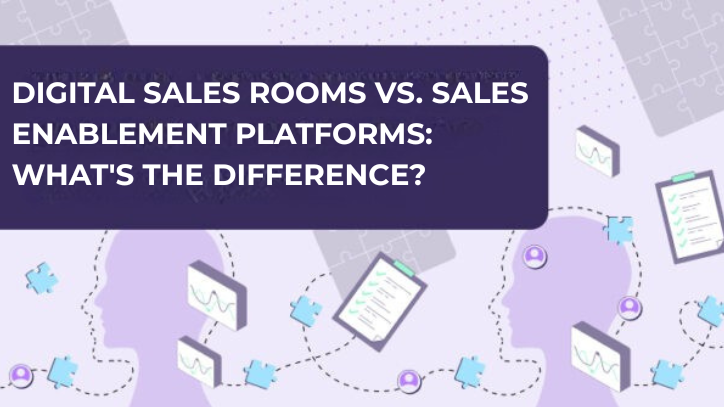
Sales Tips
Keep reading
Digital Sales Rooms vs. Sales Enablement Platforms: What’s the Difference?
In B2B sales, tech stacks are getting crowded—and confused. Two tools that often get lumped together (but shouldn’t) are Digital…

Sales Tips
Keep reading
Mutual Action Plans: The Secret Ingredient to Avoiding Awkward Business Meetings
If you’ve ever walked out of a meeting wondering, “Wait… what was I supposed to do again?” — you’re not…
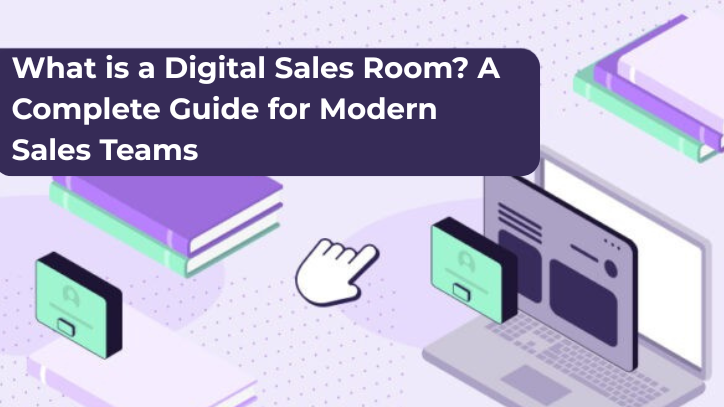
Sales Tips
Keep reading
What is a Digital Sales Room? A Complete Guide for Modern Sales Teams
Modern B2B buyers don’t want endless email chains or static PDF attachments. They want a better way to research, compare,…
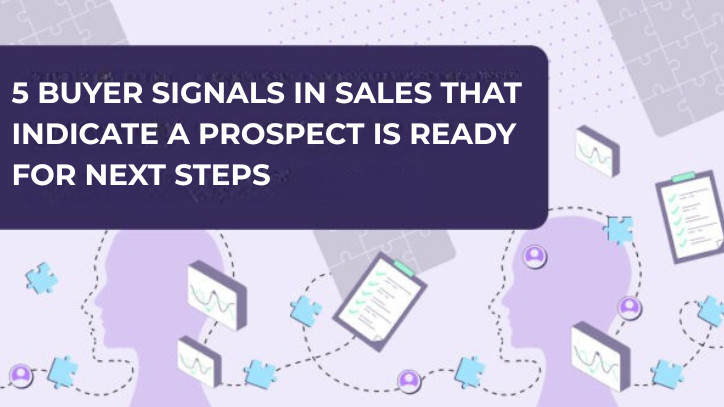
Sales Tips
Keep reading
5 Buyer Signals in Sales That Indicate a Prospect is Ready For Next Steps
To accelerate deals and close more qualified leads, sales teams must become adept at spotting buyer signals in sales—real-time, measurable…

Sales Tips
Keep reading
AI’s Impact on the Sales Cycle: The Game Changer You Didn’t See Coming
To accelerate deals and close more qualified leads, sales teams must become adept at spotting buyer signals in sales—real-time, measurable…
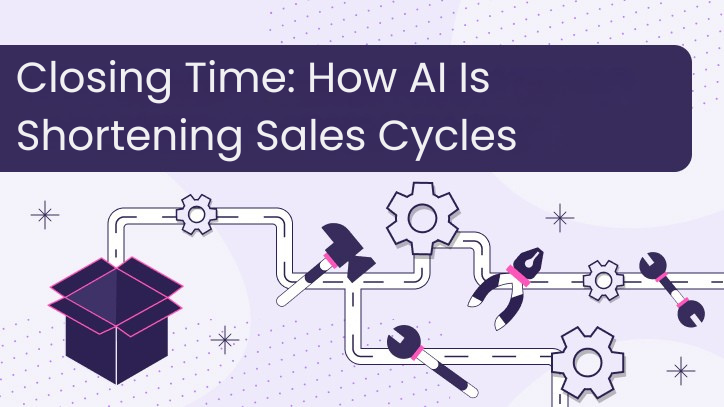
Sales Tips
Keep reading
Closing Time: How AI Is Shortening Sales Cycles
To accelerate deals and close more qualified leads, sales teams must become adept at spotting buyer signals in sales—real-time, measurable…
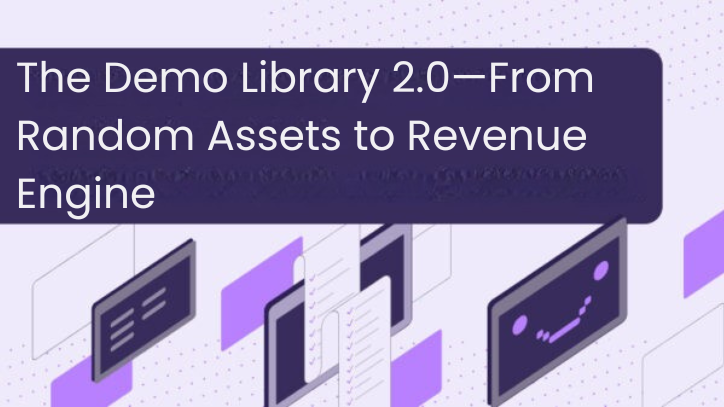
Sales Tips
Keep reading
The Demo Library 2.0—From Random Assets to Revenue Engine
After a recent conversation with a sales-engineering leader who has scaled demo programs at multiple global SaaS firms, one phrase…

Sales Tips
Keep reading
Give Your AEs a Demo That Closes: The Presales Playbook for Healthcare Software
Most healthcare buyers are trained to poke holes in every claim you make. If your demo feels canned or glosses…
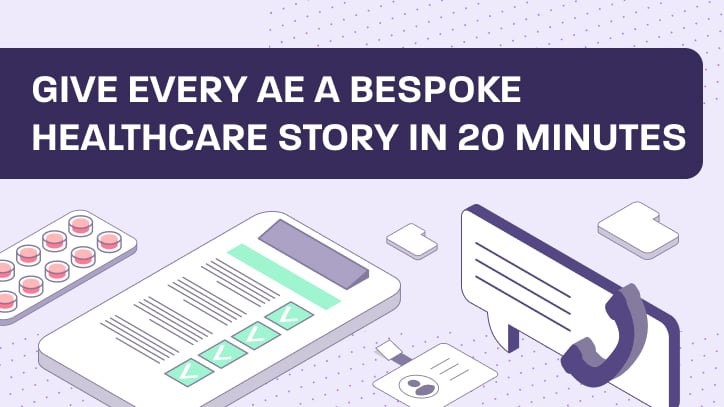
Sales Tips
Keep reading
Give Every AE a Bespoke Healthcare Story in 20 Minutes.
Healthcare presales pros have a credibility problem. Customers sit through one generic product tour after another, then walk away wondering…

Sales Tips
Keep reading
Showcasing Healthcare Tech Integrations: Overcoming the Challenges with Interactive Demos
Showcasing Healthcare Tech Integrations: Overcoming the Challenges with Interactive Demos Healthcare technology thrives on its ability to integrate with other…

Sales Tips
Keep reading
Unlock Hidden Pipeline in Healthcare Tech with Interactive Demos – Here’s How
Healthcare marketing isn’t easy. Static website pages, blurry screenshots, and passive videos just don’t cut it anymore for educating buyers…
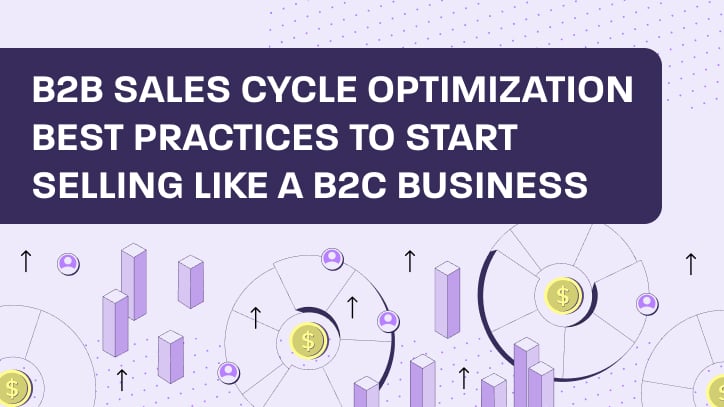
Sales Tips
Keep reading
B2B Sales Cycle Optimization Best Practices to Start Selling Like a B2C Business
In this article, we’ll break down some best practices sales teams like yours can use to optimize your B2B sales…
You sell the best product.
You deserve the best demos.


Never miss a sales hack.
Subscribe to our blog to get notified about our latest sales articles.